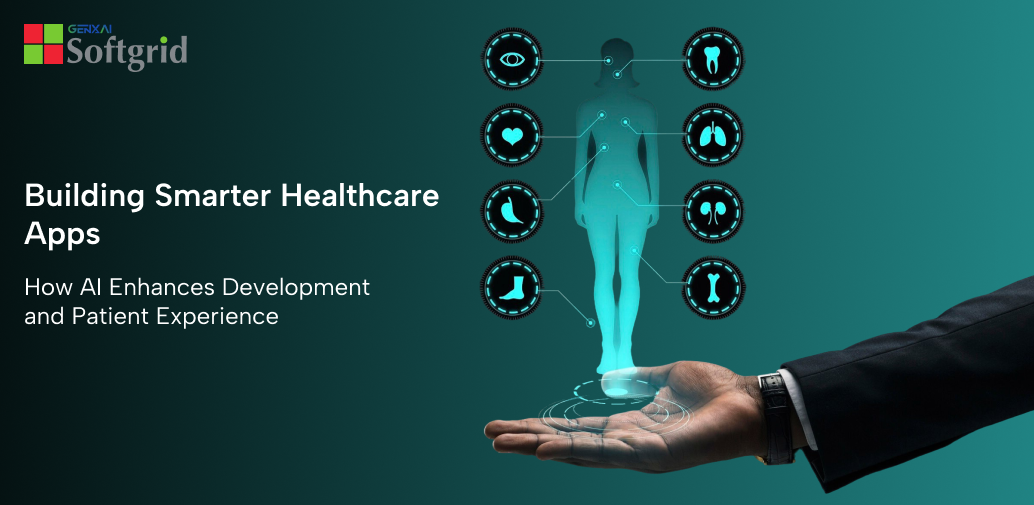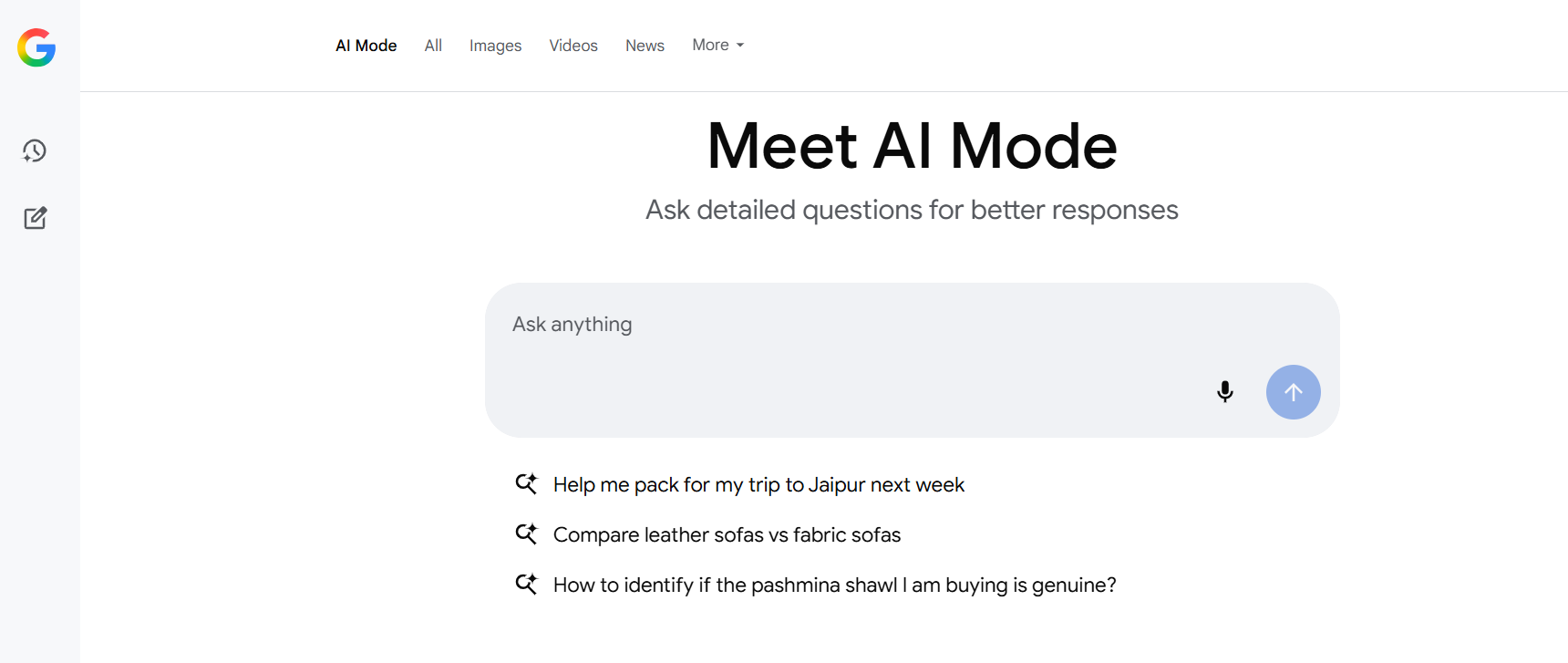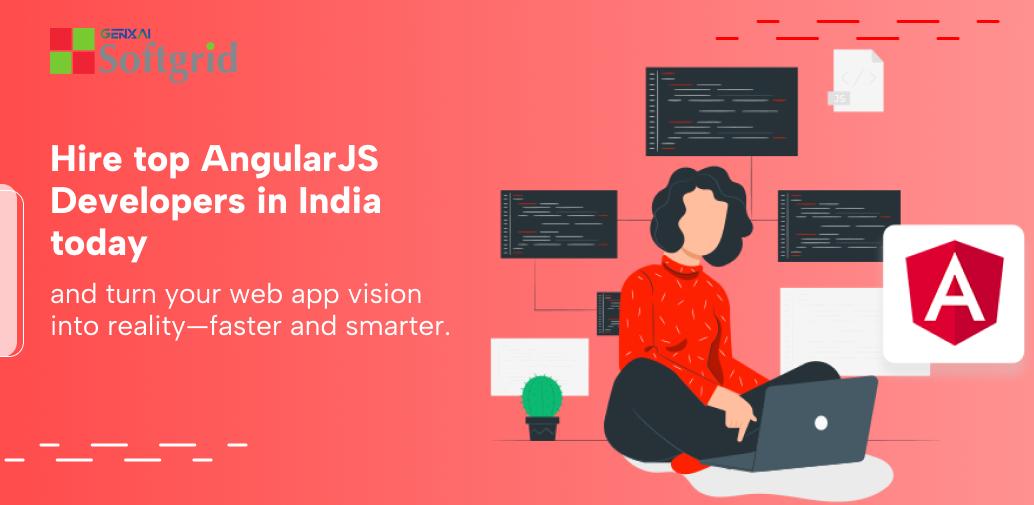The outbreak of the COVID-19 virus led to all the health workers rushing to come up with a solution for its spread. But the mass spread clarified that it’s impossible to control the virus via physical and mental human capacity; and thus popped up the role of technology.
Two most significant technological interventions that came into play are IoT and AI. The combination of the two made a drastic impact on how the entire healthcare sector approached the problem and tackled it.
One thing has become clear now- that IoT and AI are the future of the medical field. But what are these technological measures and what do they do?
Read through to find out.
What is IoT and AI all About?
Internet of Things (IoT) is a methodology of handling very large volumes of data that is to be organized categorically and put to use. What Artificial Intelligence (AI) does in this situation is provide context to this data. Only then can users derive meaning from this data.
Being a comparatively recent intervention, IoT has some imperfections that AI fills in for. AI replicates the human form of intelligence and also learns patterns from its replication source. Since it is embedded with the faculty of self-improvement, AI is integral to how IoT performs and generates data categorically and rapidly.
How have IoT and AI Impacted the Healthcare System?
The main reason why IoT and AI have been combined in the healthcare front is because it channelizes the workflow and increases operational efficiency. Following are the steps wherein AI algorithm functions in an IoT device-
· Tracking,
· Monitoring.
· Controlling,
· Optimizing,
· And Automating.
A huge amount of burden is lifted off the clinical staff and loopholes in administrative work are filled. Being a patient-centric approach, it helps in the following medical areas-
1. Patient tracking (medical history, current situation, etc.)
2. Drug regulation
3. Chronic illness management
4. Reduction in wait time
5. Efficient data transmission
Do Stats show Inclination towards AI and IoT?
As the benefits of AI and IoT are numerous, their adoption in the healthcare industry has increased tenfold. And what’s a better proof than studying stats that clearly advocate the case of these technological advancements.
Here is what the stats have to say-
· Market & Market report studied the global market size of IoT in healthcare. The conclusion drawn was that by 2024 the global market may be at a whopping USD 188 billion. Throughout the forecast period, the Compound Annual Growth Rate (CAGR) is expected to be that of 27.6%.
· An organization analyzed how using 22 AI tools will impact the market if we go by the current trend. With annual revenue of $8.6 billion, the global revenue might go beyond $34 billion by 2025.
· A University mentioned that Women’s Hospital constantly monitors the blood pressure of pregnant women. In a typical scenario like this, multiple follow-ups are common. However, with the usage of IoT, 57% of patients could readily dodge their first follow-up visit.
· Computed Tomography (CT) scan is used to identify the potential tumour formation in one’s body. As accurate as these scanners can be, getting false positive or negative reports is quite common. However, the use of AI not only enhances the quality of scan, it reads it itself. Some studies have revealed that AI has been far more effective in detecting signs of cancer when compared to radiologists.
· Since COVID-19 pandemic has led to hospitals exhaustive their admission limits, it has become increasingly responsible to cater to those who are in a critical condition. With human efforts, this might not be feasible. Fortunately, IoT and AI resolve this issue to a great extent. Virtual assistants that operate on AI alert the doctors about the patients who need immediate attention. It also tracks complications that the doctors might have missed.
A few hospitals reported that their death rate decreased by 12 per cent by incorporating AI in their system.
· According to healthcare news 63% of subjects have already acknowledged the usefulness of Artificial Intelligence/Machine Learning (AI/ML) in specialty care departments. These included pathology, generic pharmacy, and radiology.
· As the importance of AI increases, so will the amount that is invested in the sector. Forbes reported that the investment amount will reach approximately $6.6 billion in 2021.
· IoT devices are being used in almost every healthcare institution now. A design centric software firm reported currently 26 billion IoT devices are being used. This number is said to reach 75 billion by 2025.
· Taking Internet of Medical Things (IoMT) as the backing, telemedicine is growing exponentially in the US. It has thereby benefited both the doctors and patients. Since it eliminates the concept of waiting rooms, it’s bridging the gap between patients and their physicians. By 2022, it’s set to become a $20 billion by 2022.
· The same firm reported another IoMT stat. It states that the usage of this technological measure will cut down the expenses of the healthcare industry by $300 billion in the approaching years.
This will be possible as most patients will be examined at their home using effective devices. This will cut down the hospital admission cost. With effective diagnostic tools, the numbers of times you have to visit the doctor will also decrease, thereby saving time and money.
· A report published by a software company stated that AI and Machine Learning will significantly decrease the number of hospital visits. This will be done by meeting 20% of the clinical demands.
Summing Up
The new age of healthcare is all about technology, specifically IoT and AI. Although it took us a global crisis to acknowledge and implement technology effectively, the road ahead for the healthcare industry is quite glorious, as the stats suggest.

 Web and Full Stack
Web and Full Stack CMS and Frameworks
CMS and Frameworks Online Marketing
Online Marketing Cloud Services
Cloud Services ECommerce
ECommerce Mobile
Mobile



